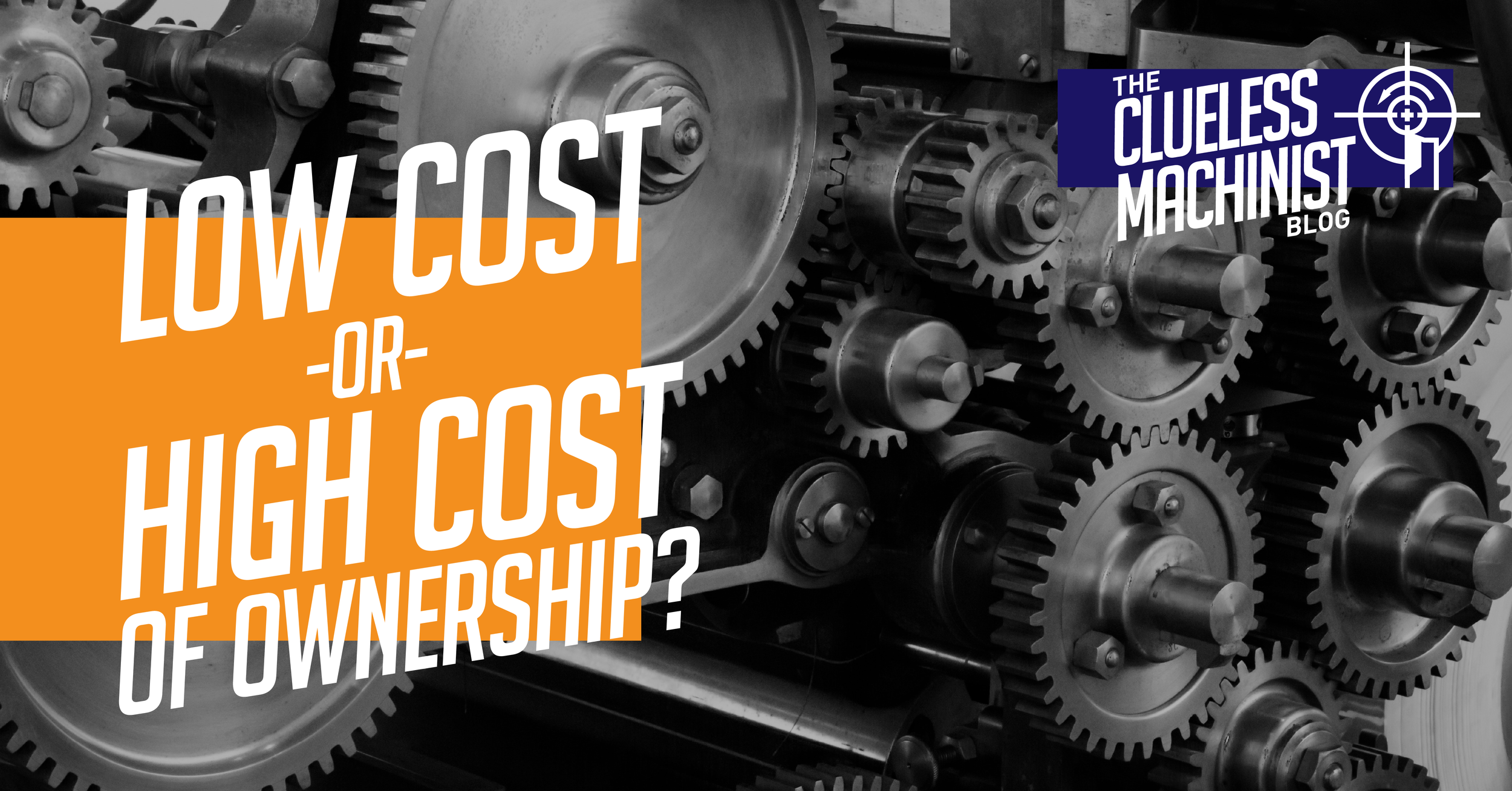Milling might seem straightforward at first—stick a block of metal under a spinning tool and shape it—but there’s a lot more to it than that. Just like turning on a lathe, understanding the different milling operations can help you get better finishes, reduce cycle time, and even extend tool life.
This post is a follow-up to our 10 Turning Operations You Need To Know on a Lathe. If you’re new to the world of mills and cutters, this one’s for you.
What is Milling, Really?
Milling is a machining process where a rotating cutting tool moves over or through a workpiece to remove material. Unlike turning, which is usually done on cylindrical parts using a lathe, milling is more versatile—perfect for flat surfaces, irregular shapes, slots, pockets, and more.
With that out of the way, here are 9 common milling operations every machinist should know:
1. Face Milling
What it is: Face milling uses a tool with cutting edges on the face and sides to create a flat surface perpendicular to the spindle.
When to use it: Great for squaring up stock or machining a clean, flat reference surface.
Tool example: Face mill cutter, typically with multiple indexable inserts.
2. Slot Milling
What it is: A milling operation that cuts a straight groove into the material.
When to use it: When you need to machine keyways, channels, or T-slots.
Tool example: End mill or slotting cutter, depending on slot width and depth.
3. Side Milling
What it is: Cutting along the side of the tool to machine vertical surfaces.
When to use it: For creating shoulders or steps on a workpiece.
Tool example: Straight tooth side cutter or standard end mill.
4. Pocket Milling
What it is: Removing material from inside a closed boundary, like a cavity or pocket.
When to use it: For features like cavities in molds or pockets for fasteners.
Tool example: Flat end mill, sometimes combined with helical ramping.
This post is a follow-up to our 10 Turning Operations You Need To Know on a Lathe. If you’re new to the world of mills and cutters, this one’s for you.
5. Profile Milling
What it is: Contouring the outer edges of a part.
When to use it: For irregular part shapes or precision outlines.
Tool example: Ball nose or flat end mill, depending on the required surface finish.
6. Drilling with End Mills
What it is: Using an end mill to plunge into material vertically.
When to use it: For starting holes, angled surfaces, or when a drill can’t reach.
Tool example: Center-cutting end mill (important—it must be center-cutting!).
7. Helical Interpolation
What it is: A combination of linear and circular motion to mill circular features or bores.
When to use it: When you don’t have the exact drill size or need tight tolerances in a bore.
Tool example: End mill with CNC programming support.
8. Surface Finishing Passes
What it is: Light cuts taken after roughing to achieve the desired surface finish and dimensions.
When to use it: Always—unless you love sanding parts by hand.
Tool example: Same end mill as roughing or a dedicated finishing tool.
9. Chamfering & Deburring
What it is: Machining angled edges or removing sharp burrs.
When to use it: To clean up part edges, improve safety, and prep for assembly.
Tool example: Chamfer mill, spot drill, or even a countersink tool.
10. Thread Milling (Bonus!)
Okay, we said 9—but here’s a bonus.
What it is: Creating threads by milling in a helical path.
When to use it: When flexibility is key—same tool can make different thread sizes.
Tool example: Thread mill.
This post is a follow-up to our 10 Turning Operations You Need To Know on a Lathe. If you’re new to the world of mills and cutters, this one’s for you.
Wrapping It Up
Understanding these milling operations gives you a leg up whether you’re programming a CNC or running a manual mill. Picking the right operation—and the right tool—can save you time, money, and a lot of frustration on the shop floor.
We at Turntech Precision provide the top quality parts machined on the Swiss-type lathes utilizing turning, facing, grooving, threading, knurling, boring, and tapping operations. We work closely with our customers to provide them with the best solution to their engineering problems in a variety of industries. Contact us today with your inquiries.































